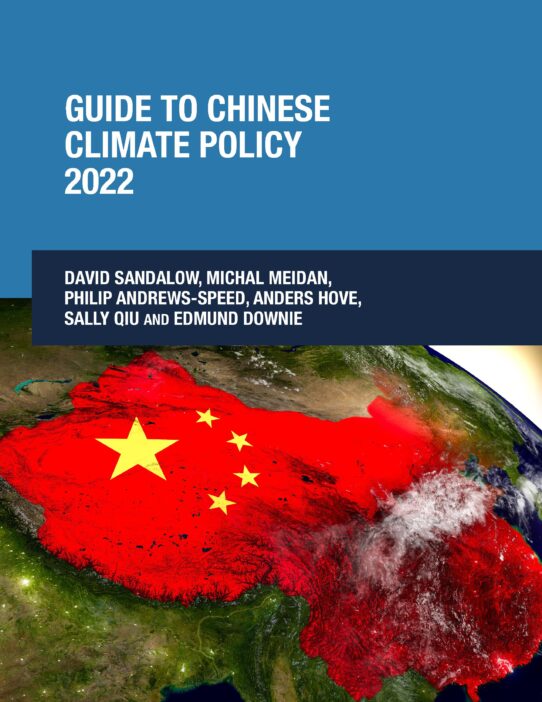OIES Energy Transition Event 2024
In June 2024 OIES will hold it's 3rd Energy Transition Event over 2 days.
The event will cover the following issues:
3 June
• Green Industrial Policy and the Geopolitics of the Transition.
• What is next for Battery Supply Chains?
• Inflation, Macroeconomics and Financing Renewables.
• Carbon Offsetting, Removals and Net Zero Targets.
4 June
• Navigating Challenges and Seizing Opportunities in Offshore Wind.
• Grids and Clean Energy Transitions.
• Energy Storage’s Crucial Role in a Sustainable Future.

The Guide to Chinese Climate Policy 2022
China is the world’s leading emitter of heat-trapping gases by a wide margin. Its policies for limiting emissions will have a significant impact on the global climate for decades to come.
This Guide to Chinese Climate Policy provides information on China’s emissions, the impacts of climate change in China, the history of China’s climate change policies and China’s response to climate change today.
Visit the website to download the Guide

